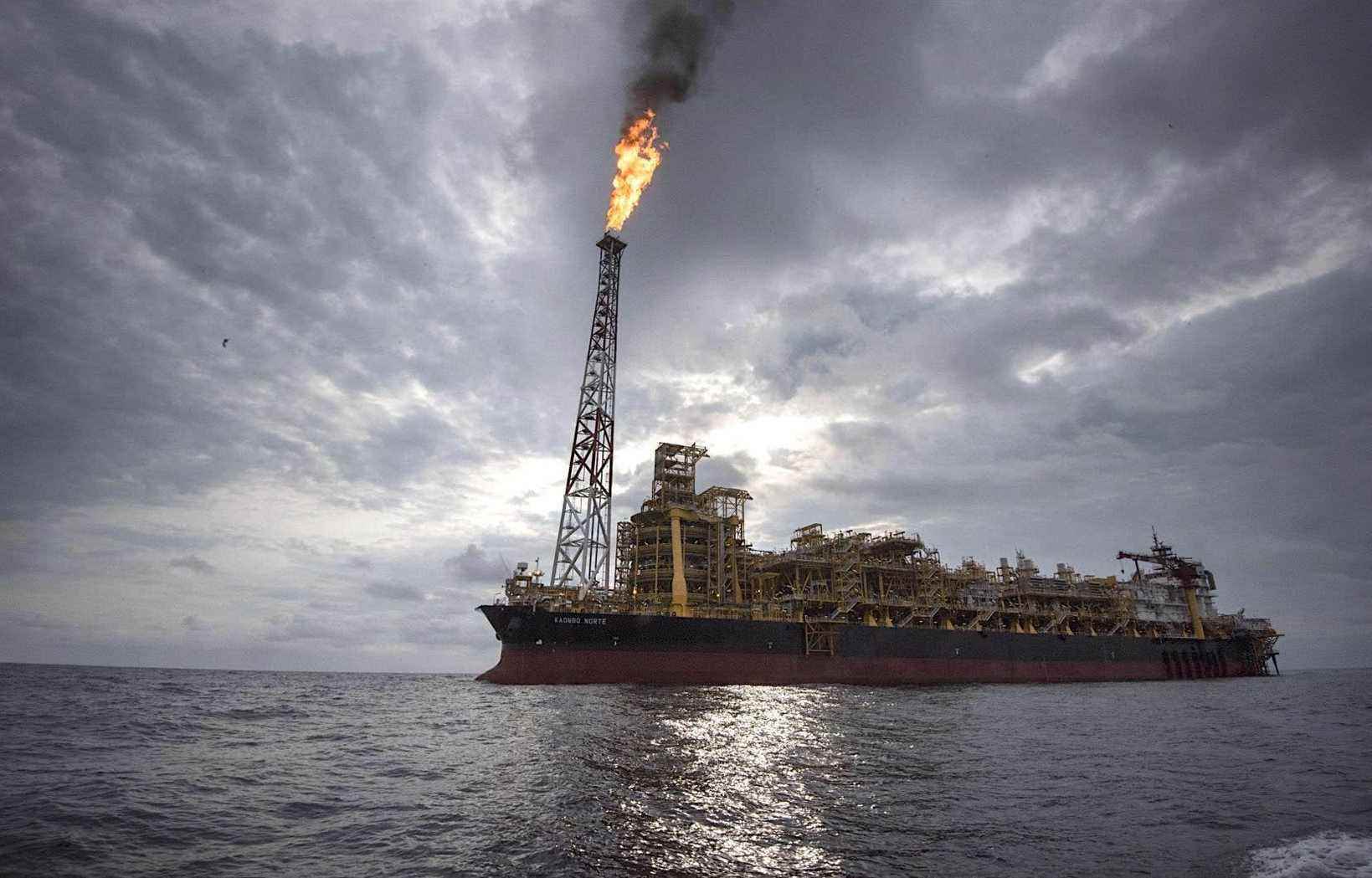This text is taken from our April 19, 2022 newsletter “Le Courrier de la Planète”. To subscribe, click here.
Since the approval of the Bay du Nord oil project by the Trudeau government, many have criticized its climate impacts. But the will of the company Equinor to drill 60 exploitation wells at depths that can exceed 1000 meters also raises concerns.
As part of the environmental assessment, “several Aboriginal groups” have also “expressed their concerns” about the means planned to stop an oil “eruption” that would be uncontrollable, according to what can be read in the report of the Impact Assessment Agency of Canada (EIAC).
They believe that a “capping system” to stop a major spill should be available in Canada, even if the risk of such an event is considered very low by the AIIC. Such a system is installed on the seabed to block the outflow of oil.
However, Equinor has instead planned to bring this equipment from Brazil or Norway. Transport by boat and installation would require a delay of “18 to 36 days after the incident”, according to the data provided by the company.
Terms
Why hasn’t the federal government required that a “styling system” be available in Canada, for example in Newfoundland?
“Having a styling equipment system in Eastern Canada is unlikely to reduce overall installation time, as the site must be prepared regardless of where the styling equipment is acquired” , responds to Duty the office of the Minister of the Environment, Steven Guilbeault.
Among the 137 conditions set by the Minister when approving the project, at the beginning of April, it is specified, however, that the promoter should deploy “immediately” this equipment “in the area of the uncontrolled underwater spill”. He should also drill a “relief well” to stop the leak. Equinor estimates that this well “could be constructed 100 to 115 days after the incident”.
Biodiversity
For biologist Sylvain Archambault, who has been following the issues related to oil exploitation in the marine environment for several years, it would have been relevant to require the presence of a “capping system” in eastern Canada.
“Why aren’t there any nearby for drilling off Newfoundland?” I do not know. Is it a cost issue? In the Arctic, we demand it. And given the number of wells planned for the Bay du Nord project, we could require the purchase of this device, to have it on site in Newfoundland. »
Mr. Archambault recalls that the Bay du Nord project is located in “an area of great biodiversity” and in deep waters, between 1,000 and 1,200 meters deep, which makes it “more complex”. By comparison, the Hibernia platform is less than 100 meters deep.
The biologist adds that several dozen exploratory drillings are also planned by 2030 off Newfoundland. A total of 40 have already been authorized by the Trudeau government, in addition to the 60 exploitation boreholes at Bay du Nord. All the more reason to plan for the worst, even if the risk is considered low.
